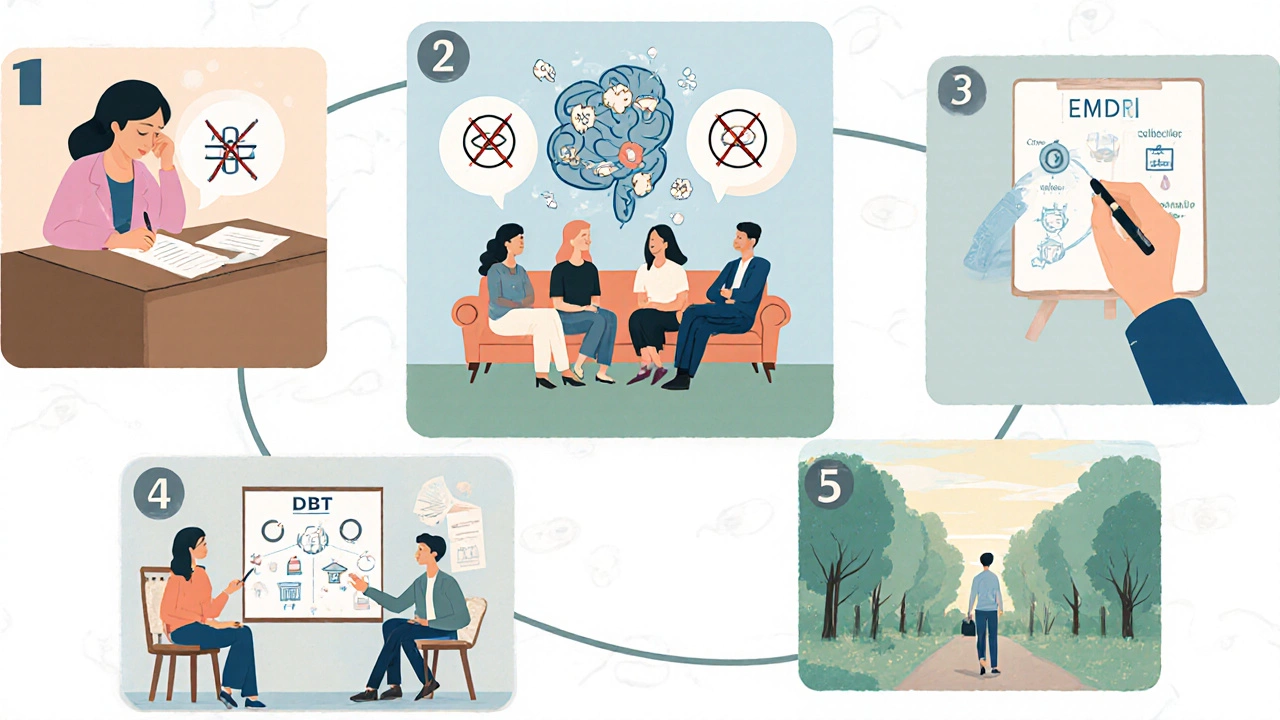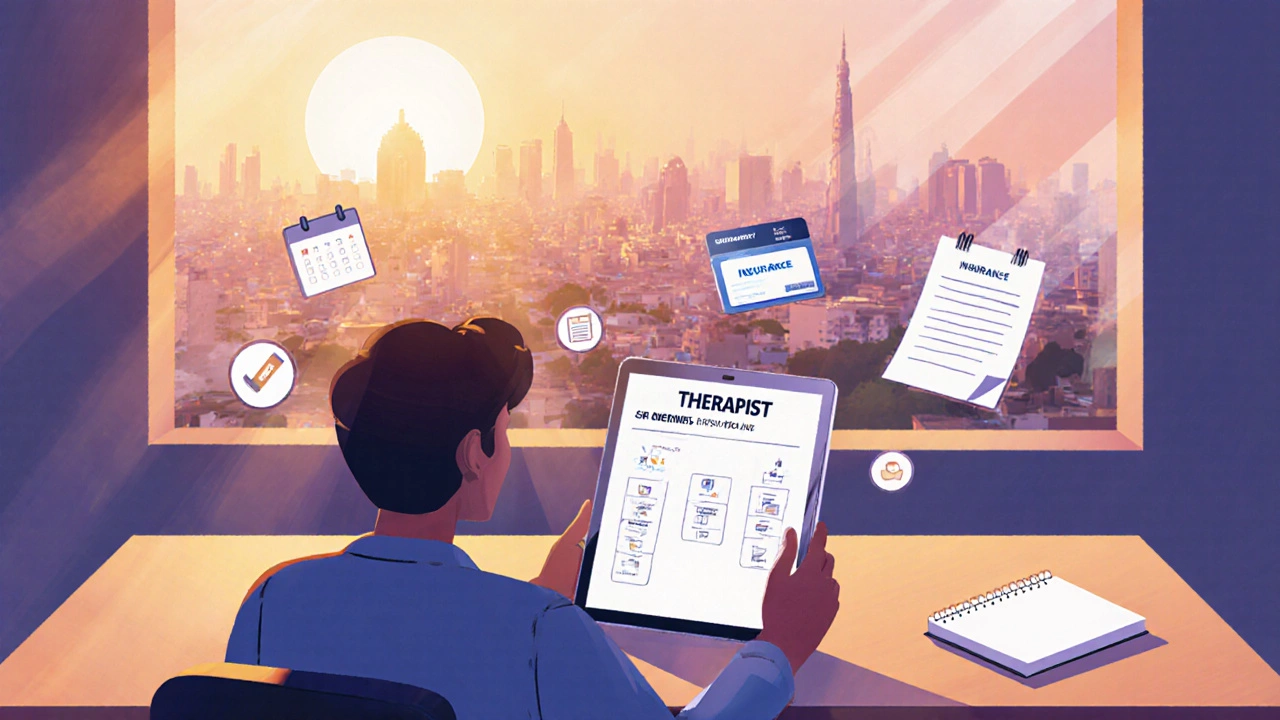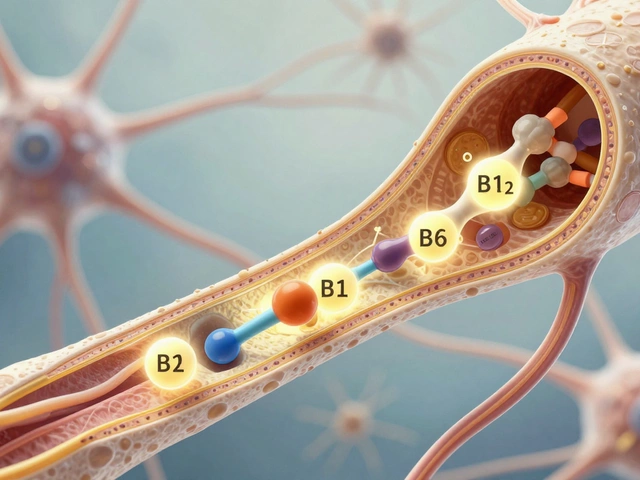Ever wondered if talking to a therapist actually changes anything? Mental health therapy is a range of professional interventions designed to improve emotional and psychological well‑being. While movies often dramatize the process, real‑world data tells a more nuanced story about how and why these treatments work.
What the research says
Over the past three decades, thousands of Randomized controlled trials (RCTs) have examined psychotherapy outcomes. A meta‑analysis of 300 RCTs published in 2023 found an average effect size of d = 0.73 for psychotherapy versus no treatment, a magnitude comparable to many prescription medications for anxiety and depression.
But not all therapies are created equal, and the context matters. Effect sizes vary by disorder, therapist skill, and even the number of sessions attended.
Head‑to‑head: how major therapy models compare
Below is a snapshot of the most widely studied approaches. The numbers are drawn from large‑scale reviews and give a quick sense of where each model shines.
| Therapy | Typical Duration | Effect Size (Cohen’s d) | Primary Conditions Treated |
|---|---|---|---|
| Cognitive Behavioral Therapy (CBT) | 8‑20 weeks | 0.84 | Depression, anxiety, PTSD |
| Psychodynamic therapy | 12‑24 weeks | 0.63 | Personality disorders, chronic depression |
| Dialectical Behavior Therapy (DBT) | 6‑12 months | 0.71 | Borderline personality disorder, self‑harm |
| Eye Movement Desensitization and Reprocessing (EMDR) | 6‑12 weeks | 0.70 | Post‑traumatic stress disorder |
| Acceptance and Commitment Therapy (ACT) | 8‑16 weeks | 0.65 | Chronic pain, anxiety, depression |
These figures show that therapy effectiveness isn’t a myth; many approaches deliver measurable benefits. CBT consistently tops the list for short‑term conditions, while longer‑term models like psychodynamic therapy help with deep‑seated patterns.
What drives success in therapy?
Even the best‑rated therapy can fall flat if key ingredients are missing. Researchers highlight three core drivers.
- Therapist‑client alliance - the collaborative bond and mutual trust formed early on. Studies show a strong alliance predicts up to 30% of outcome variance.
- Client readiness - motivation, realistic expectations, and willingness to practice skills outside sessions.
- Treatment fidelity - ensuring the therapist follows the model’s protocols and delivers an adequate number of sessions.
Missing any of these elements can reduce the therapeutic gain dramatically, sometimes to the point where patients see no improvement.

Common myths that cloud judgment
Misconceptions often deter people from seeking help.
- Myth: Therapy is only for “crazy” people. Reality: Roughly one‑in‑four adults experiences a diagnosable mental health condition each year, and early intervention can prevent escalation.
- Myth: One session will fix everything. Reality: Most evidence‑based therapies require a series of sessions to build skills and reshape thought patterns.
- Myth: Talking is a waste of time without medication. Reality: For many anxiety and depressive disorders, psychotherapy alone yields outcomes comparable to drugs, with fewer side effects.
Choosing the right therapy for you
Because the field is diverse, a personalized approach works best.
- Identify your primary challenge - anxiety, trauma, relationship issues, etc.
- Check evidence - look for therapies with strong data for your condition (e.g., CBT for panic attacks).
- Consider logistics - session length, cost, therapist’s cultural competence.
- Ask about the therapist’s training - certifications, supervision experience, and adherence to a specific model.
A quick screening questionnaire can help narrow down options, and many clinicians offer a brief initial meeting to gauge fit.

Practical steps to get started
Ready to give therapy a try? Follow this simple checklist.
- Search reputable directories (e.g., local psychology association, tele‑health platforms).
- Verify credentials - look for a licensed psychologist, psychiatrist, or clinical social worker.
- Confirm the therapist’s specialty aligns with your needs.
- Discuss insurance coverage or sliding‑scale fees before the first appointment.
- Prepare a brief personal history and a list of goals for the first session.
- After the initial meeting, assess how comfortable you feel and whether the therapist’s style matches your preferences.
Sticking with the process for at least 8‑12 sessions gives a realistic chance to see change, especially for CBT‑based work.
Frequently Asked Questions
How long does it usually take to see results?
Most people notice measurable improvement after 4‑8 sessions of CBT, while deeper‑seated issues addressed by psychodynamic therapy may require 12‑24 weeks.
Is therapy covered by insurance in India?
Many private insurers now reimburse for licensed psychologists and psychiatrists. Public schemes vary by state, so it’s worth checking the specific policy details.
Can online therapy be as effective as in‑person sessions?
Research from 2022‑2024 shows comparable effect sizes for video‑based CBT and face‑to‑face delivery, provided the therapist follows the same protocol.
What if I feel uncomfortable talking about my feelings?
A skilled therapist uses techniques like guided imagery, worksheets, or expressive arts to help you process emotions without heavy verbal disclosure.
How do I know if my therapist is qualified?
Look for registration with a recognized board (e.g., Indian Association of Clinical Psychologists), a master’s or doctorate in psychology, and evidence of supervised clinical hours.










